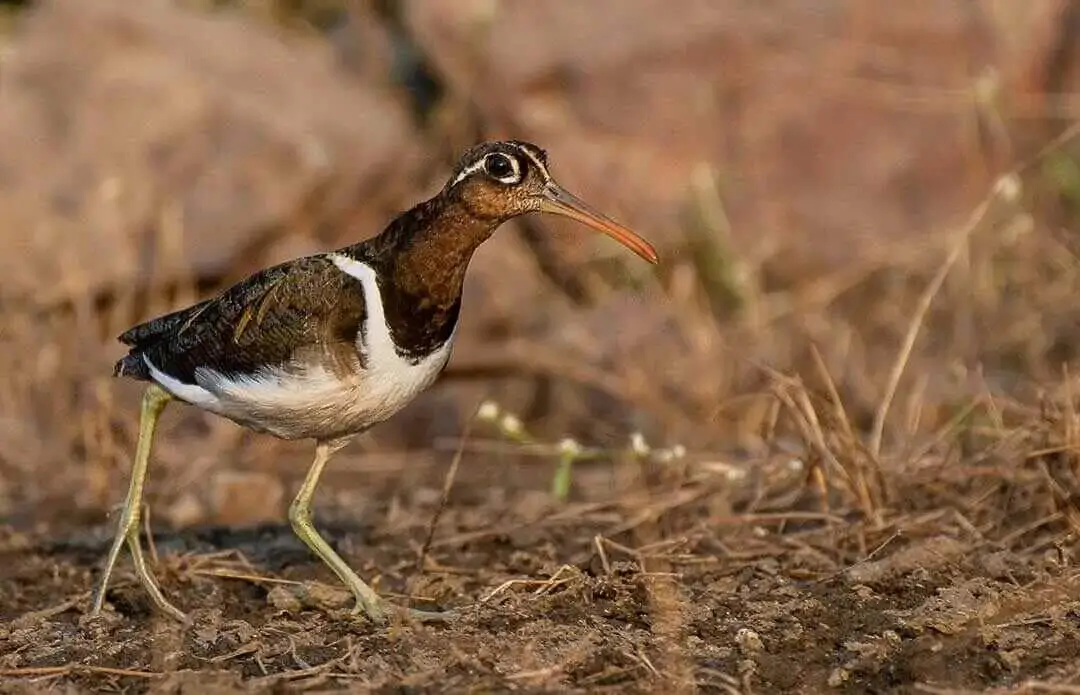
BIRDING IN
Ruaha National Park
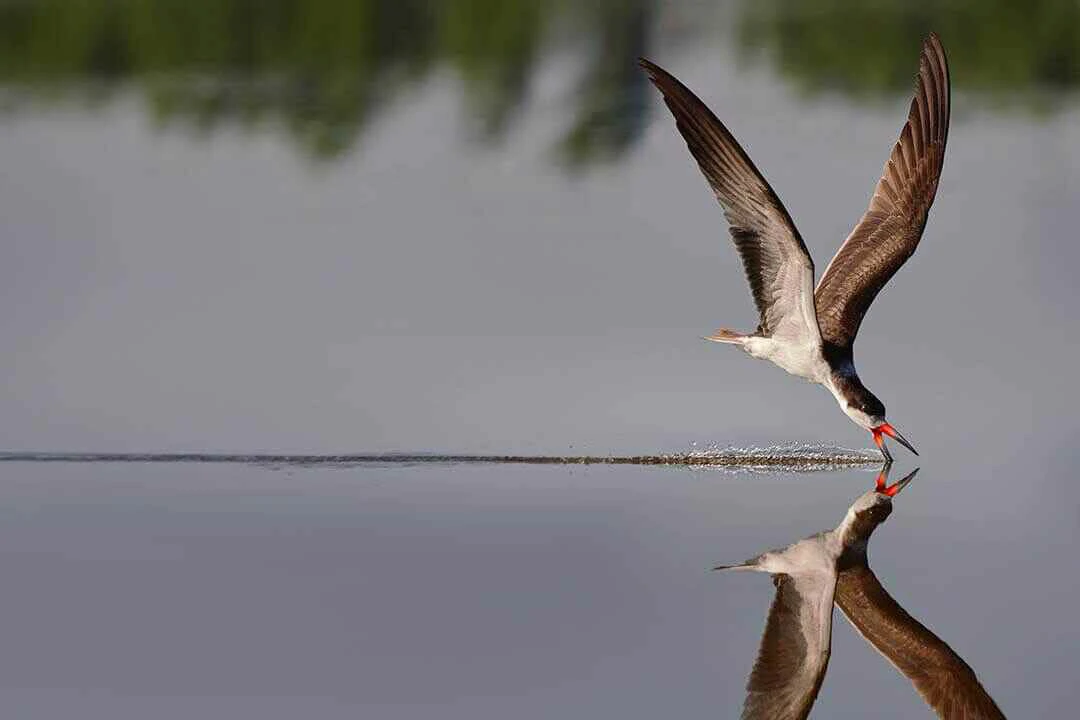
BIRDING IN
Ruaha National Park
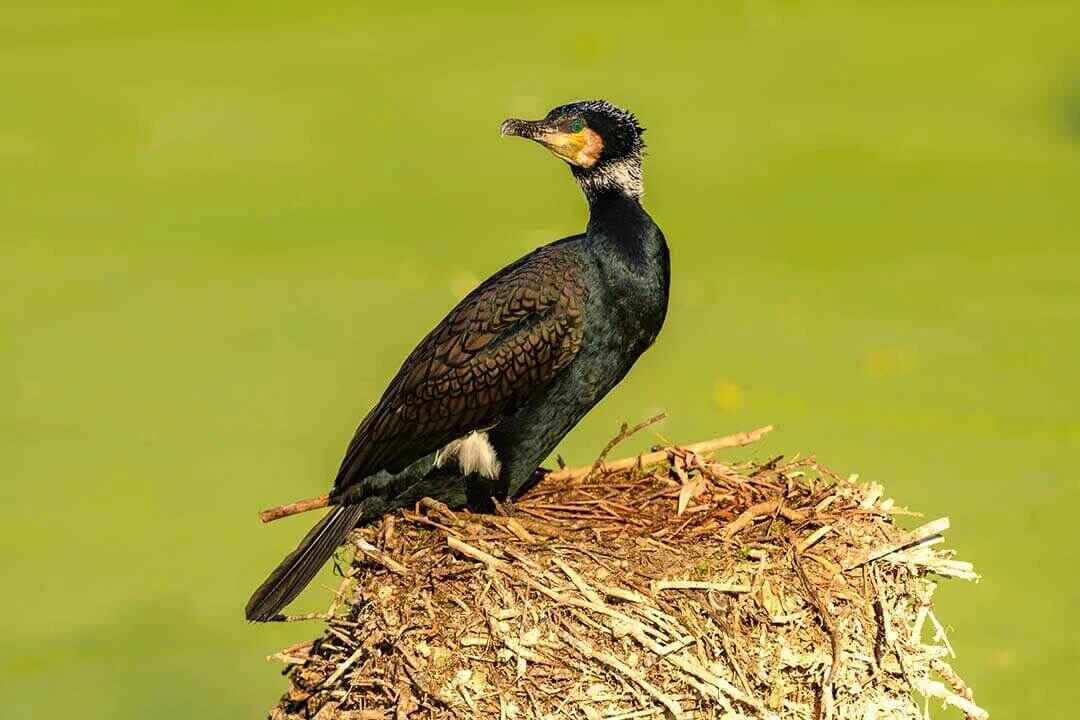
BIRDING IN
Ruaha National Park
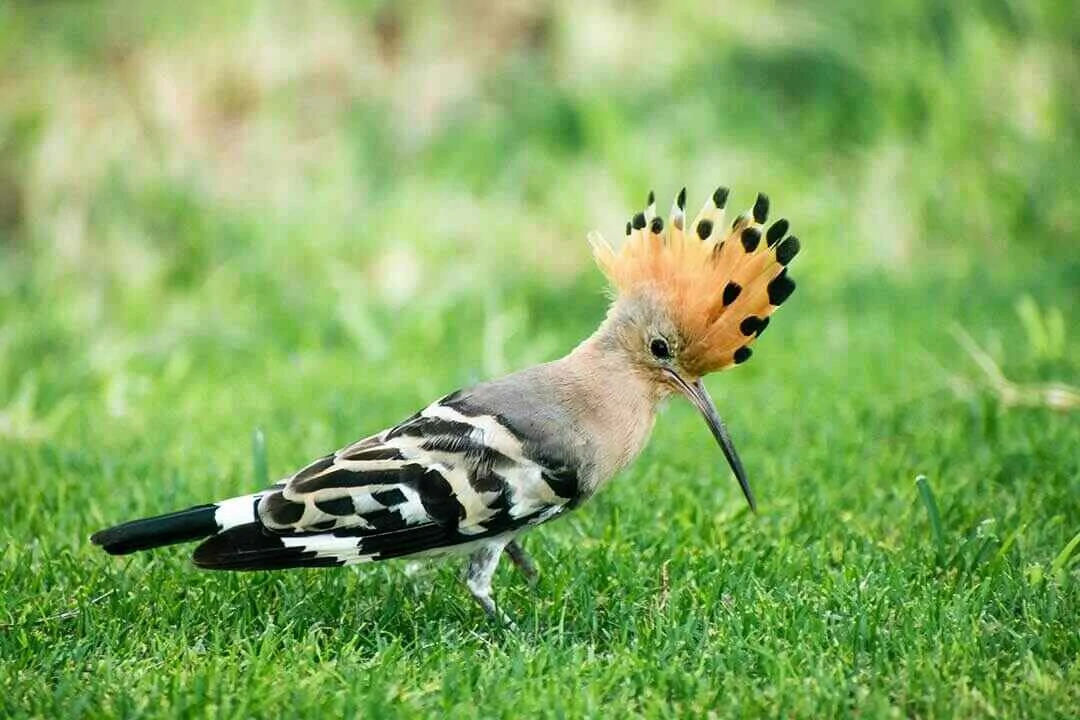
BIRDING IN
Ruaha National Park
The National Park was established in 1964 by detachment from Rungwa Game Reserve to protect an important population of elephant and rhino.Ruaha National Park located in Iringa, Mbeya. It covers an Area of 1,300,000 ha with an Altitude of 750 to 1,900 meters. The National Park lies on the western bank of the Great Ruaha river in the rain-shadow of the Udzungwa mountains , which lie some 80 km to the south-east. The western boundary is formed by the Rungwa Game Reserve.
The park is largely a dry habitat southern extension of the Masai steppe. Average annual rainfall is only about 520 mm, making it one of the driest protected areas in Tanzania. The Great Ruaha River runs for 130 km along the south-eastern boundary and is perennial, drying out only in the driest of years. The southern and western areas of the park are mainly miombo woodland dominated by Brachystegia. This grades into Commiphora - Combretum woodland in the north-east with extensive areas of Terminalia- and Adansonia dominated plains in the central areas.
It is located in the Admin region ofIringa, Mbeyacovering anarea of 1,300,000 ha with an Altitude 750 to 1,900 meters above sea level. The National Park was established in 1964 by detachment from Rungwa Game Reserve to protect an important population of elephant and rhino. The National Park lies on the western bank of the Great Ruaha river in the rain-shadow of the Udzungwa mountains, which lie some 80 km to the south-east. The western boundary is formed by the Rungwa Game Reserve. The site is largely a dry habitat southern extension of the Masai steppe.
Average annual rainfall is only about 520 mm, making it one of the driest protected areas in Tanzania. The Great Ruaha river runs for 130 km along the south-eastern boundary and is perennial, drying out only in the driest of years. The southern and western areas of the park are mainly miombo woodland dominated by Brachystegia. This grade into Commiphora - Combretum woodland in the north-east with extensive areas of Terminalia- and Adansoniadominated plains in the central areas.
Some 410 species have been recorded for the park, but this figure is almost certainly incomplete as only the main tourist areas are well known. This total includes seven species of the Zambezian biome. Ruaha holds important populations of two Tanzanian endemics of the dry central plateau both Cosmopsarus unicolor and Agapornispersonatus are reasonably common. Large flocks of Ciconiaciconia and Ciconiaabdimii frequent the park when conditions are suitable and especially on passage. In the past, significant numbers of Falco eleonorae occurred, but there are few recent records.
Our Experts are ready to provide answers

Arusha is known to support at least 411 species, including Ardeolaidae, as a non-breeding visitor in small numbers, and one species of the Serengeti plains Endemic Bird Area, as well as 11 species of the Somali - Masaibiome.
Read More
A total of 457 bird species have been recorded from the site. The area is of major importance to migratory waders from northern Eurasia, supporting about 30,000 birds.
Read More
The birdlife in Katavi is good year-round, but at its best from November to April when the migratory birds from Europe and northern Africa are present. At this time, many resident bird species are nesting and are in breeding plumage.
Read More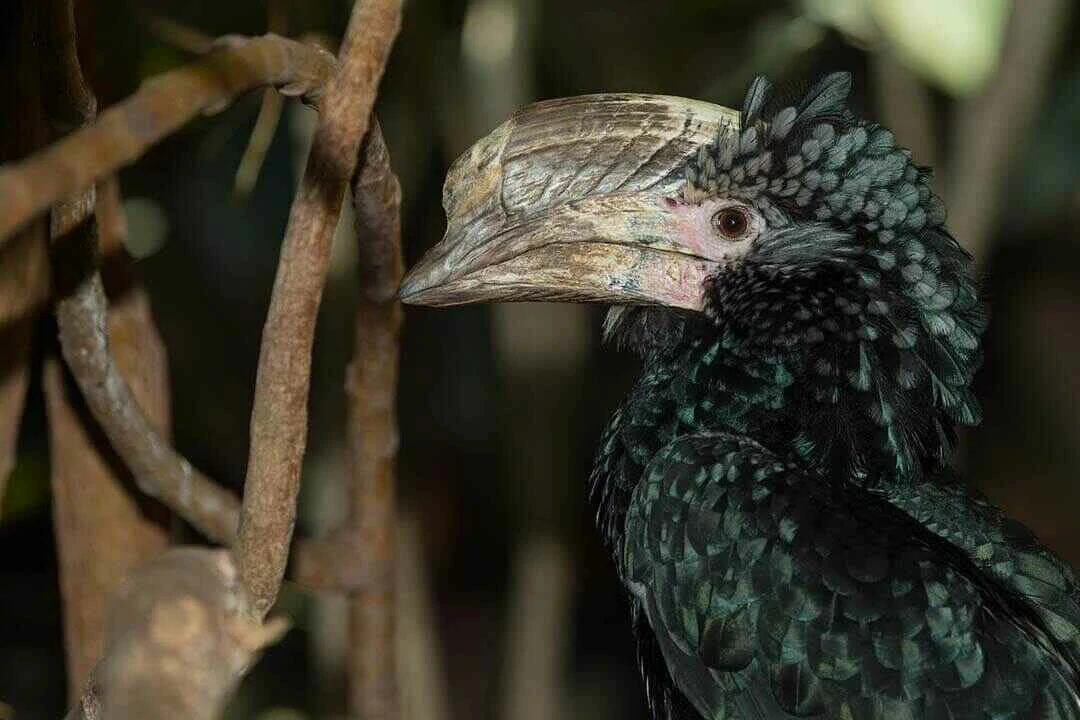
More than 400 species have been recorded here and you can reasonably expect to observe 100 of these in one day.
Read More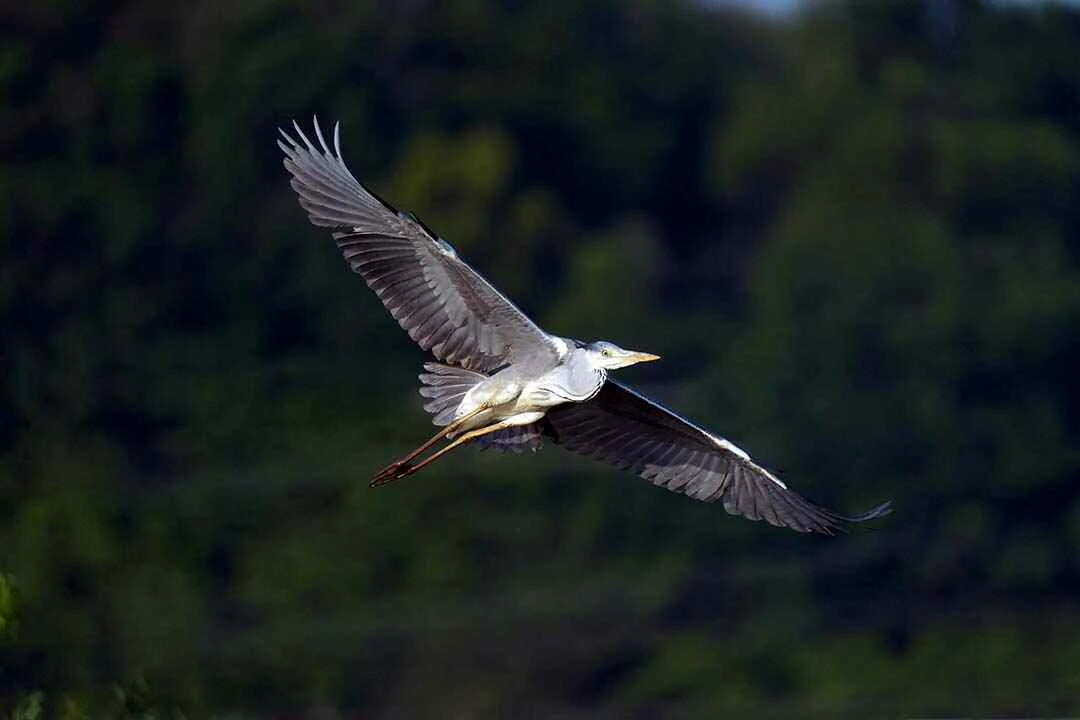
Bird species list includes only 214 species and these include three Guinea - Congo Forests biome species. An endemic subspecies of the globally threatened Apalisargentea is present here.
Read More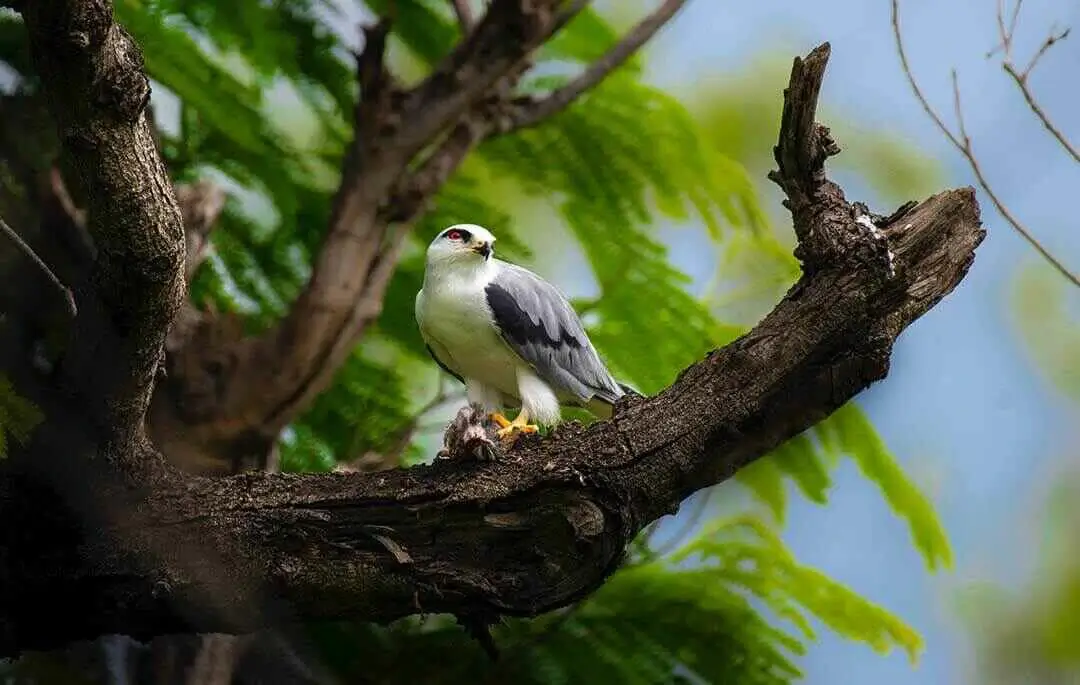
Some 393 bird species are known to occur in the area. Falco naumanni is a regular passage migrant in March and April, but there have been no records of large flocks or wintering birds.
Read More
Some 393 bird species are known to occur in the area. Falco naumanni is a regular passage migrant in March and April, but there have been no records of large flocks or wintering birds.
Read More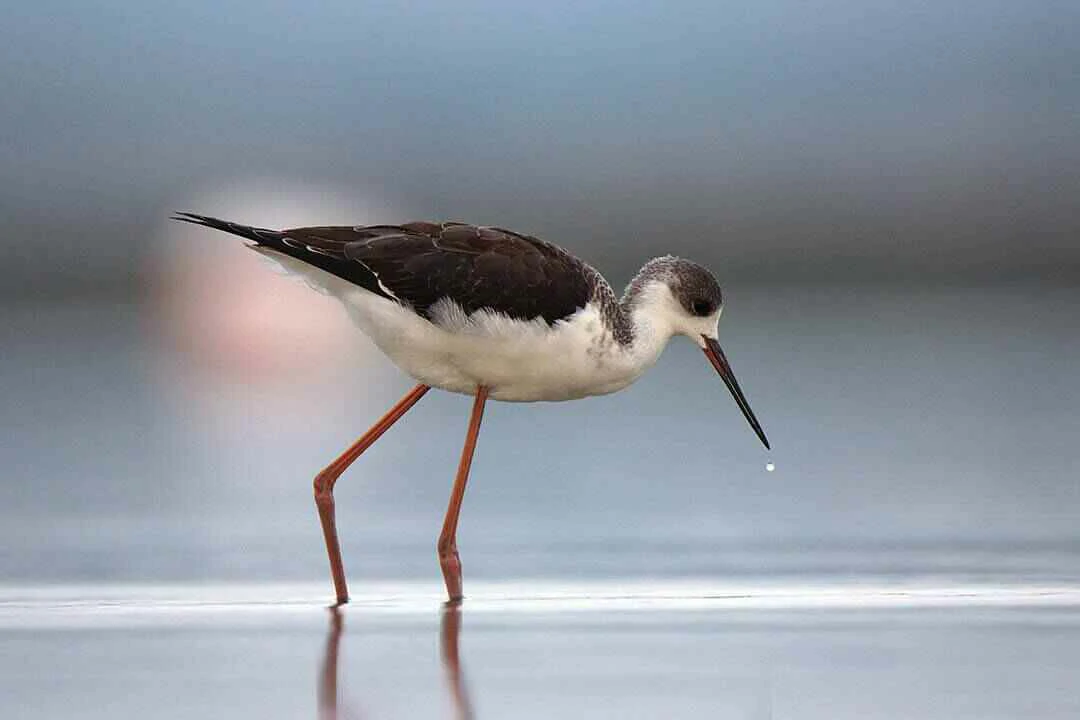
Over 500 bird species are known from the site. Falco naumanni is a passage migrant and Circus macrourus occurs on passage and in winter. Acacia woodland holds the largest known population of Agapornisfischeri, Parusfringillinus is resident and there have been recent records of Apaliskaramojae from Acacia drepanolobium woodland in the south-west of the site.
Read More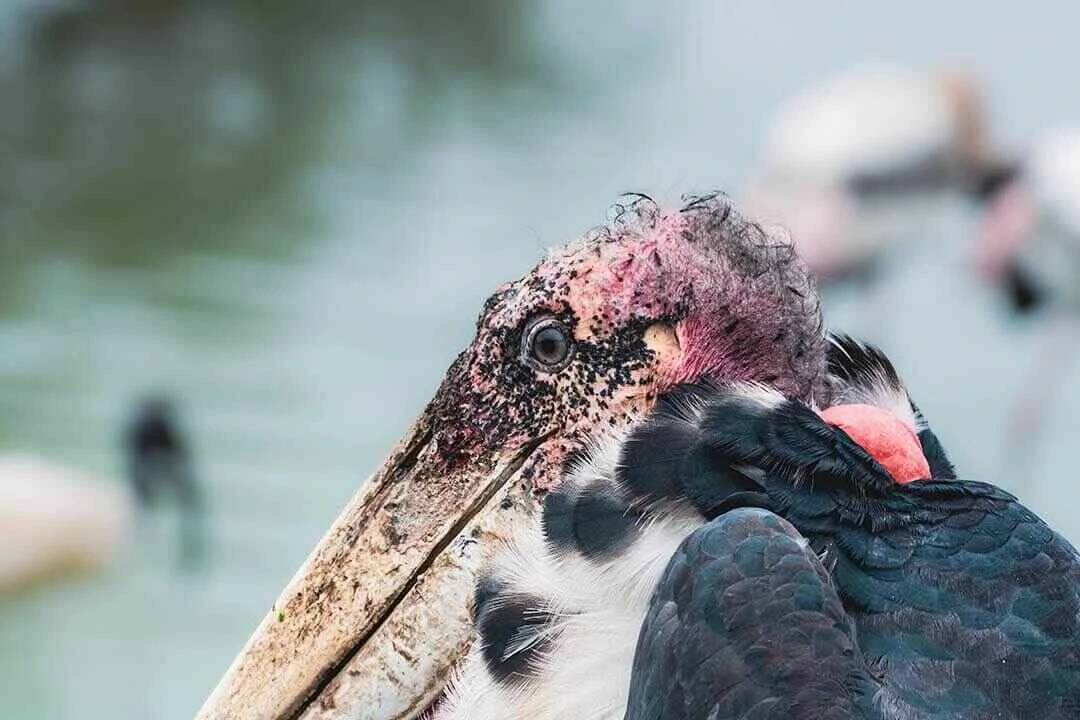
Rubondo main island holds a wide variety of other species, including huge breeding colonies of four species of Ploceus weavers and a relatively dense population of Circaetuscinerascens which are rare in East Africa.
Read More
An estimated numbers of bird species recorded from the park vary from 458 to 505. Glareolanordmanni and Apaliskaramojae, are of global conservation concern. Ardeolaidae is a regular visitor in low numbers. The status of Circus macrourus is described as locally common.
Read More
There is no species list for the park; the total is likely to exceed 450 species. Globally threatened species include Falco naumanni, which occurs in flocks of hundreds in April, following the start of the rains when invertebrate food-supplies are abundant and the park provides secure roost-sites.
Read More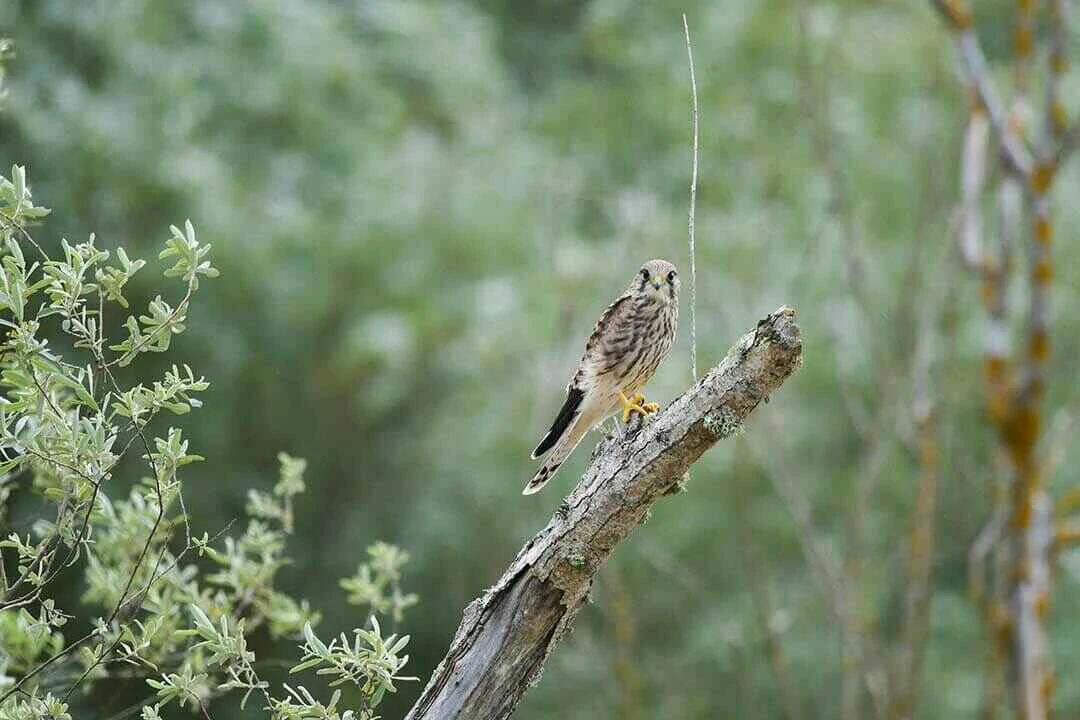
There are sightings of birds like Xenoperdixudzungwensis from near Mount Luhombero, in the park. Circaetusfasciolatus is resident at low densities in low altitude forest at the foot of the east-facing escarpment
Read More